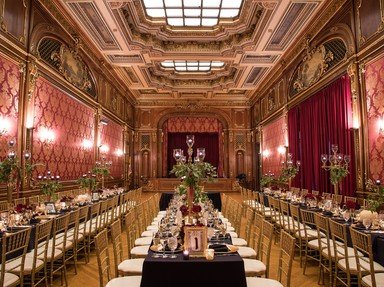Quiz Answer Key and Fun Facts
1. Neil Armstrong may have taken "one small step" when he became the first person to walk on the moon, but who was the first person to walk in space?
2. Although sources vary on the percentage of his Native American blood, who is credited as the first Native American to step into the office of Vice President of the United States?
3. Explorer Sir Richard Francis Burton's visit was more famous, but who is generally credited as the first European non-Muslim to set foot in Mecca in 1503?
4. There are several contenders to the title, but who is usually given credit as being the first person to set foot on Antarctica in 1821?
5. Who were the first people to set foot on the bottom of the Marianas Trench, albeit by submersible?
6. The seven summits are the highest peaks on each of the seven continents. Who was the first person to climb the seven summits (using Kosciuszko for Oceania) in 1985?
7. Who was the first British Prime Minister to set foot in 10 Downing Street?
8. As part of an epic journey to walk around the world, who was the first person in modern times (along with a fellow adventurer) to set foot on Russia by walking across the Bering Strait from North America?
9. A tunnel between England and France had first been formally proposed in the 1800s, but it was in 1994 that the "Chunnel" finally opened. Who were the first people to meet under the English Channel?
10. There are several contenders to the title, but who is usually credited as the first non-Pacific Islander to set foot on Australia in 1606?
Source: Author
PDAZ
This quiz was reviewed by FunTrivia editor
Snowman before going online.
Any errors found in FunTrivia content are routinely corrected through our feedback system.

